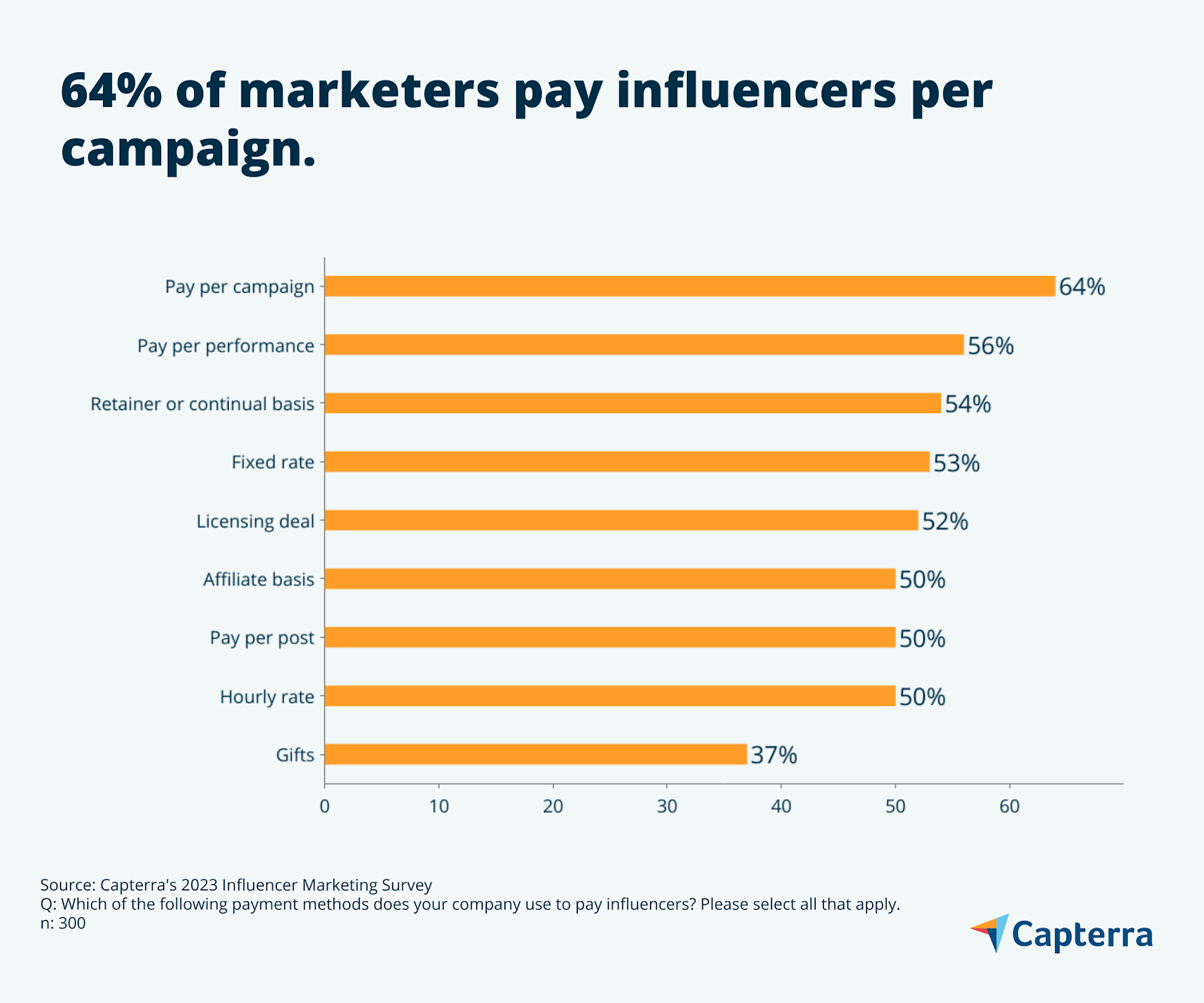The marketing industry has been relying on influencers for quite some time now because of the fact that this is the sort of thing that could potentially end up connecting products to willing consumers. The success of this industry is so pronounced that 64% of marketers said that they are planning to increase influencer budgets in a recent survey. This is despite just 45% of marketers saying that they plan to increase overall advertising budgets.
In spite of the fact that this is the case, 41% of marketers also feel like influencers are being paid too much with all things having been considered and taken into account. 40% also stated that the biggest hurdle associated with working with influences involves figuring out a payment rate, so clearly there is a need for a strategy that can make things fairer than might have been the case otherwise.
With all of that having been said and now out of the way, it is important to note that there is a new form of influencer payments that has been gaining a lot of steam. This method is referred to as pay per performance, and it generally gives payouts based on results instead of having influencers determine a flat rate at the outset.
Such a method can prove useful since it creates clear goals and only justifies full payment once these goals have been reached. Around 56% of marketers are already using this strategy, and given its surge in popularity many more might start switching over to it in the near future.
However, 64% of marketers are still paying influencers per campaign. This makes the results of the campaign less of a factor in determine a pay rate, allowing influencers to make all of the rules. Pay per performance might have trouble becoming the dominant form of influencer payments since many will be hesitant to switch to a payment method that will strip them of much of their power.
It will be interesting to see where things go from here on out. The influencer industry is going through a period of change.
H/T: Capterra
Read next: What Organic Advertising do Marketers Prefer?
In spite of the fact that this is the case, 41% of marketers also feel like influencers are being paid too much with all things having been considered and taken into account. 40% also stated that the biggest hurdle associated with working with influences involves figuring out a payment rate, so clearly there is a need for a strategy that can make things fairer than might have been the case otherwise.
With all of that having been said and now out of the way, it is important to note that there is a new form of influencer payments that has been gaining a lot of steam. This method is referred to as pay per performance, and it generally gives payouts based on results instead of having influencers determine a flat rate at the outset.
Such a method can prove useful since it creates clear goals and only justifies full payment once these goals have been reached. Around 56% of marketers are already using this strategy, and given its surge in popularity many more might start switching over to it in the near future.
However, 64% of marketers are still paying influencers per campaign. This makes the results of the campaign less of a factor in determine a pay rate, allowing influencers to make all of the rules. Pay per performance might have trouble becoming the dominant form of influencer payments since many will be hesitant to switch to a payment method that will strip them of much of their power.
It will be interesting to see where things go from here on out. The influencer industry is going through a period of change.
H/T: Capterra
Read next: What Organic Advertising do Marketers Prefer?




